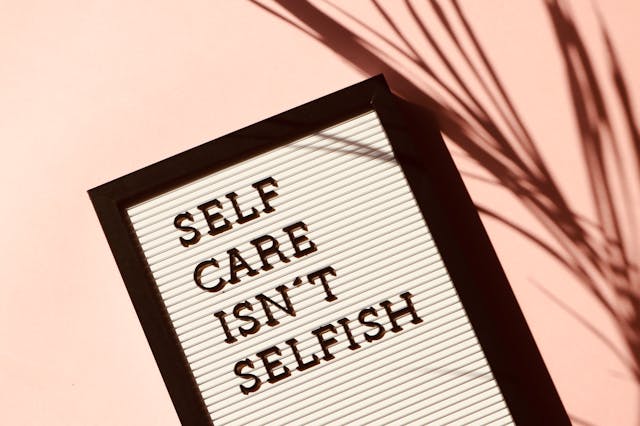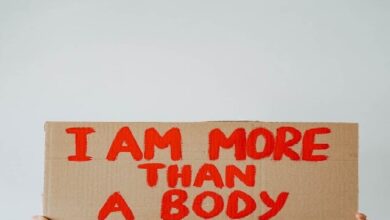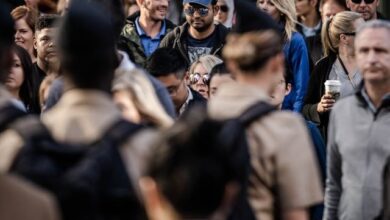Self-care strategies for marginalized communities

For people in marginalized communities, self-care can seem like a luxury (they cannot afford it) instead of a necessity; this belief is caused by long-term experiences of systemic inequalities. This article will cover the essential self-care strategies that can be used by people in marginalized communities to address certain challenges. We will also talk about how discrimination, societal pressure, and limited access to resources can negatively impact our physical and mental well-being.
Understanding Self-Care In a Cultural Context
What Is Self-Care?
Self-care is the thing you do to take care of your physical, mental, and emotional health. It can be meditating, drawing, reading, or many other recreational activities that help relieve stress. Think of self-care as refilling your water bottle; if you do not put in more water, it eventually gets used up. Self-care can be important for marginalized people; it can be a tool they can use to handle challenges and stressors.
Why It Matters For Marginalized Groups
Systemic challenges like economic hardship, discrimination, and unavailable healthcare services are common in marginalized communities. These communities can adopt self-care as a tool to build resilience and manage stress. Self-care shouldn’t be a hobby for those facing societal obstacles; it should be a way of life, a common practice, and a necessity.
Practical Self-Care Strategies
There are some practical strategies we can adopt for self-care. This chapter will list some of them and explain how they apply them.
Community Connection
The community is like an extended version of our family; they can help shape our physical and mental health. Here are two self-care strategies that involve engaging the community.
Building Support Networks
Connecting with your community is one of the most effective yet underrated self-care strategies. Your community can become a support network that gives practical help and emotional support. Your support network can be people from your family members, friends, or community groups who can relate to your experience and challenges. Community support networks don’t need to be in formal settings like joining organizations; they can also be informal, like getting coffee with friends, having outdoor picnics, or other activities to catch up.
Engaging In Cultural Practices
Some cultural practices can be used as a form of self-care. Activities like cooking family recipes, celebrating cultural holidays, intergenerational bonding, and ceremonies and rituals can give a sense of belonging and reinforce identity. Being reminded of your roots and the strength of your community can be incredibly empowering.
Mindfulness And Mental Health
This section will highlight personal activities people can practice in the comfort of their homes. These activities are not physically demanding, and almost everyone can use them.
Meditation And Grounding Techniques
You can use mindful practices such as deep breathing exercises, five-sense exercises, meditation, and mindful eating, which can be used to focus the mind and reduce anxiety. You can look for resources online that are created to offer guided sessions and techniques that fit into your cultural background and beliefs. Dedicating a few minutes daily to these activities can make a significant difference.
Creative Expression
You can convey your ideas, thoughts, and feelings through various artistic mediums such as writing, music, digital arts, dancing, or visual arts. This is a good way to express yourself and let out stress and emotions in a creative manner. Finding a way to express yourself can be therapeutic, and using creative expressions can also help your experience and story reach a wider audience if you choose to share them.
Physical Well-Being
Your physical and mental health are interconnected, so if one is down, it affects the other. Paying attention to your physical well-being is as important as your mental well-being. Here are some strategies that are useful for improving physical well-being.
Affordable Exercise Option
Exercising doesn’t have to be financially straining; you don’t need to pay for an expensive gym membership to get some exercise that is beneficial to your physical health. You can take walks or jog around the park, participate in free workout activities in your community centers, or even get a free online workout session from YouTube or other social media platforms. Dancing, hiking, and swimming are good ways to exercise without breaking the bank. These activities also give you opportunities to meet other people in your community.
Nutrition On A Budget
What you eat determines what your body gives out to you, hence the importance of having proper nutrition. Nourishing your body with the right food is another important form of self-care. It can be financially straining to maintain a healthy diet; however, you can still achieve this even on a budget. Here are some tips for healthy eating without overstretching your budget:
- Focus on simple, healthy meals that are always accessible and easy to prepare.
- Explore the local market for fresh food.
- Seasonal veggies and fruits can be cheap when you buy them in their season of abundance.
- Build a meal plan that gives attention to your physical health.
Overcoming Barriers To Self-Care
Marginalized communities face a lot of barriers that hinder their ability to access and prioritize self-care. This chapter will list some of the barriers people in marginalized communities face and tips on how to overcome them. By identifying and understanding these challenges, we can use strategies to effectively scale through them.
Access To Resources
Most marginalized communities lack access to self-care resources. This barrier can frustrate every effort we make in our self-care journey. Searching online is one of the solutions to this barrier; check social media communities, web pages, and telehealth services for free or subsidized mental health resources. Always look for initiatives in your community that offer mental health support, fitness classes, mental health workshops, and other mental health resources at a subsidized rate. Local libraries can be a goldmine for books, audio notes, and videos about self-care, so do not hesitate to look for resources there.
Cultural Stigmas
Prioritizing self-care can be seen as self-centered or selfish. This stigma is a common belief in some communities. To avoid this stigma, people fail to focus on their own mental health and try to always look out for others. It is impossible to give proper help when you need to help yourself, hence the saying You can’t pour from an empty cup.
You can help others by sharing your self-care routine with them, creating awareness about the importance of self-care, and showing them the difference between self-care and selfishness. Once properly enlightened, the stigma on self-care will be reduced, and self-care will become widely practiced in your community.
Conclusion
Some self-care routines do not apply to everyone, so it is important to research different strategies and find suitable ones. To effectively develop strategies for navigating the challenges of self-care, we need to first identify and understand these barriers. The next step is to create practical solutions like paying attention to our physical well-being, engaging the community and its resources, and mindful practices that will help us improve our mental health. These steps do not just temporarily improve physical health; they can also help to build resilience and develop a sustainable self-care routine.



